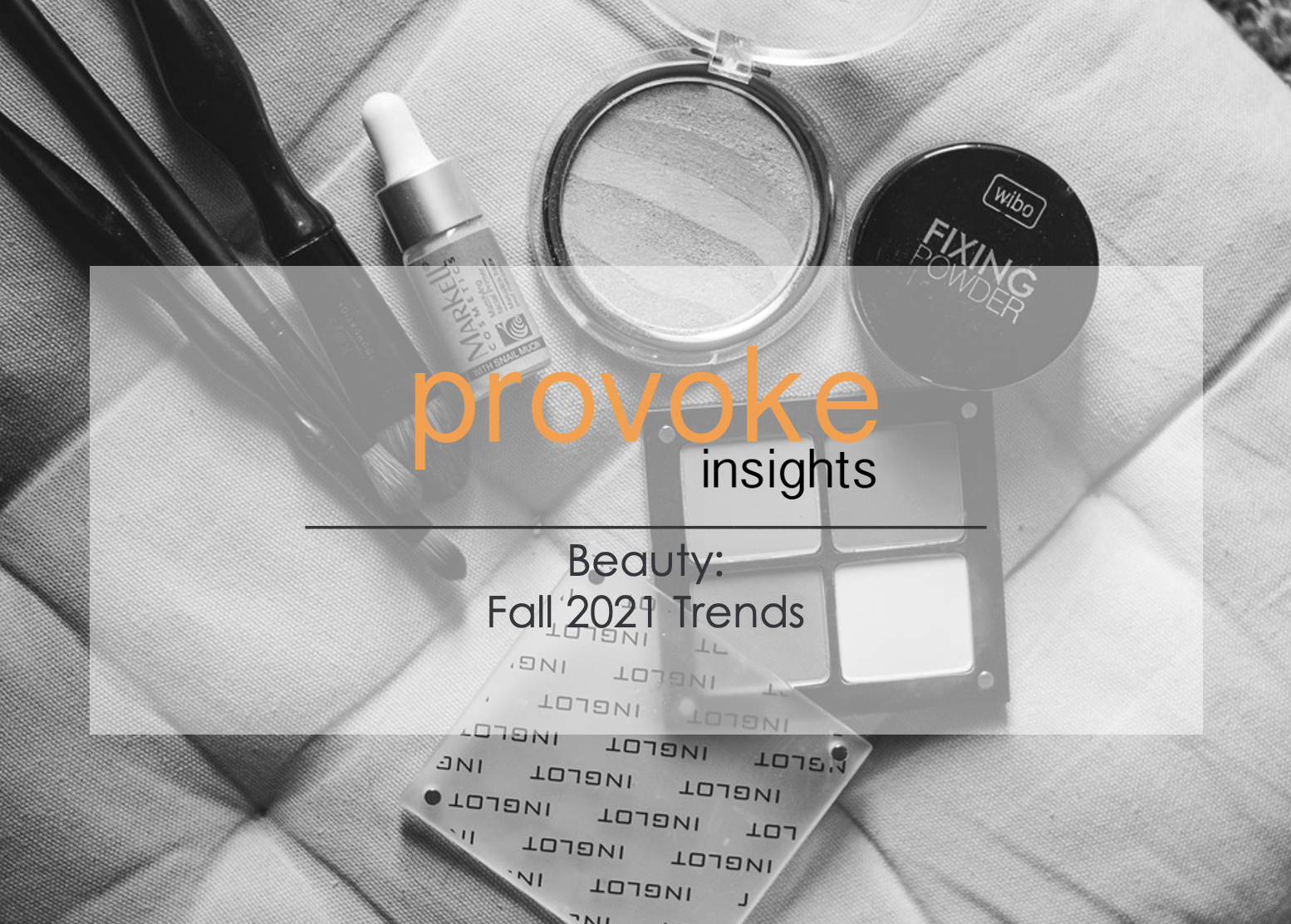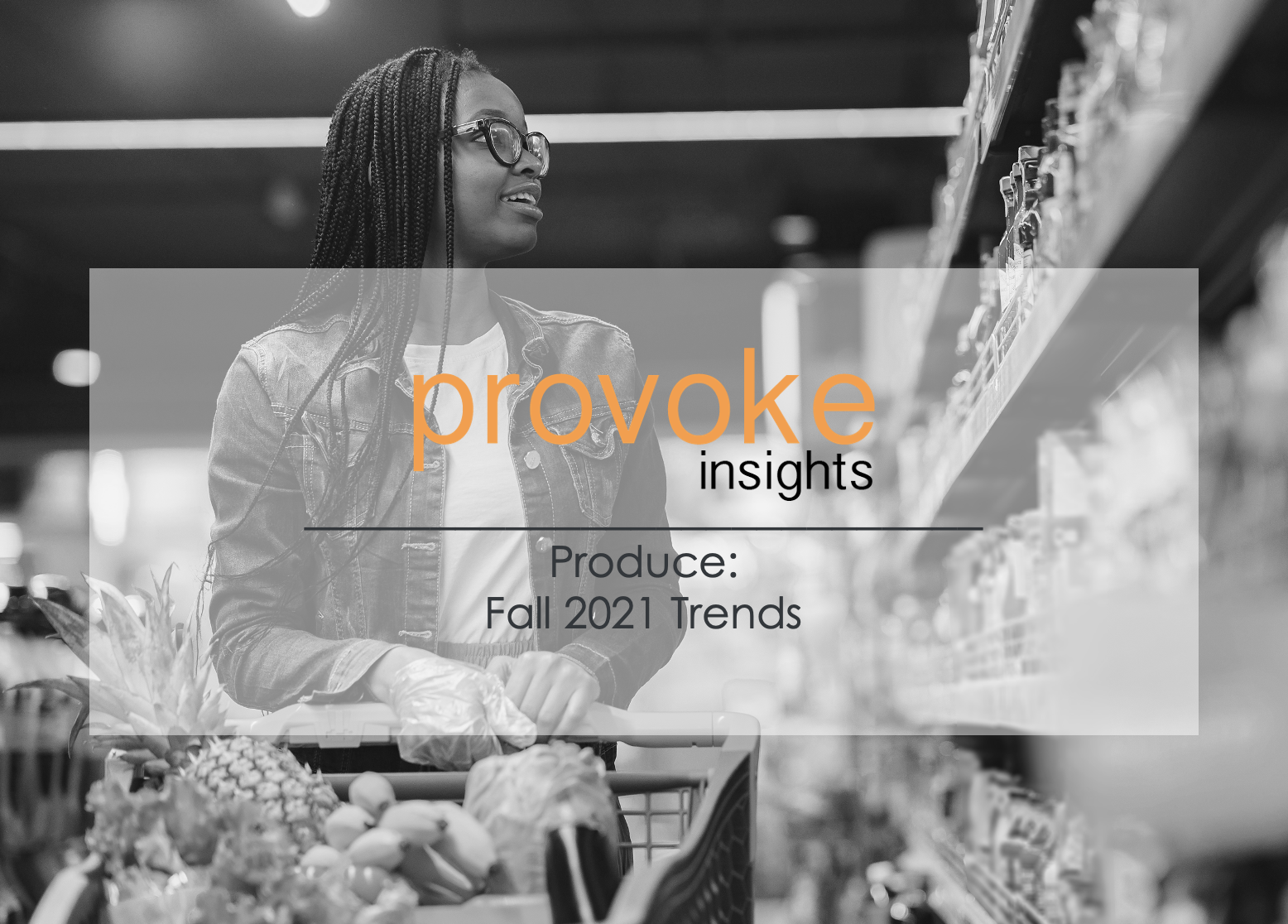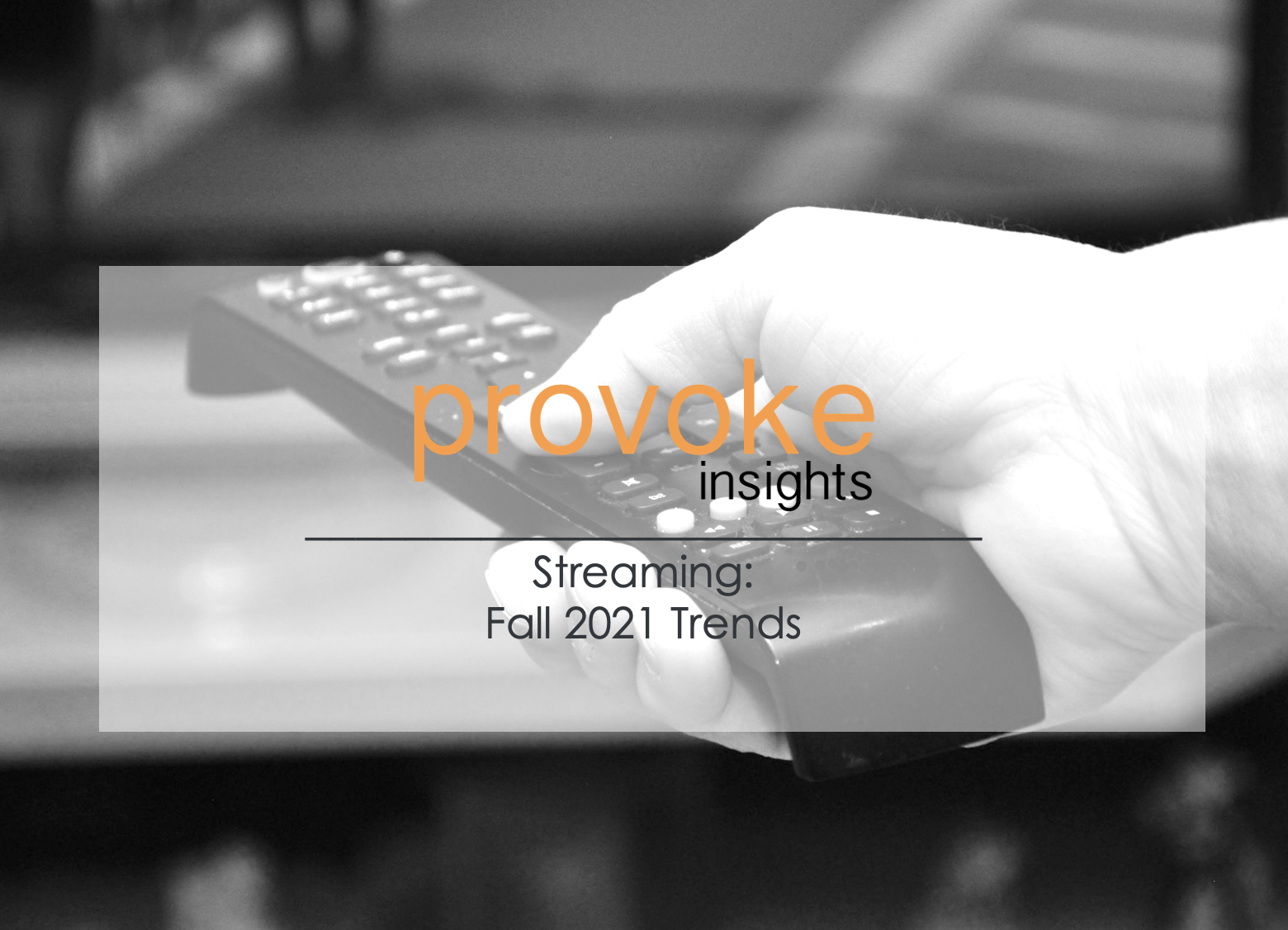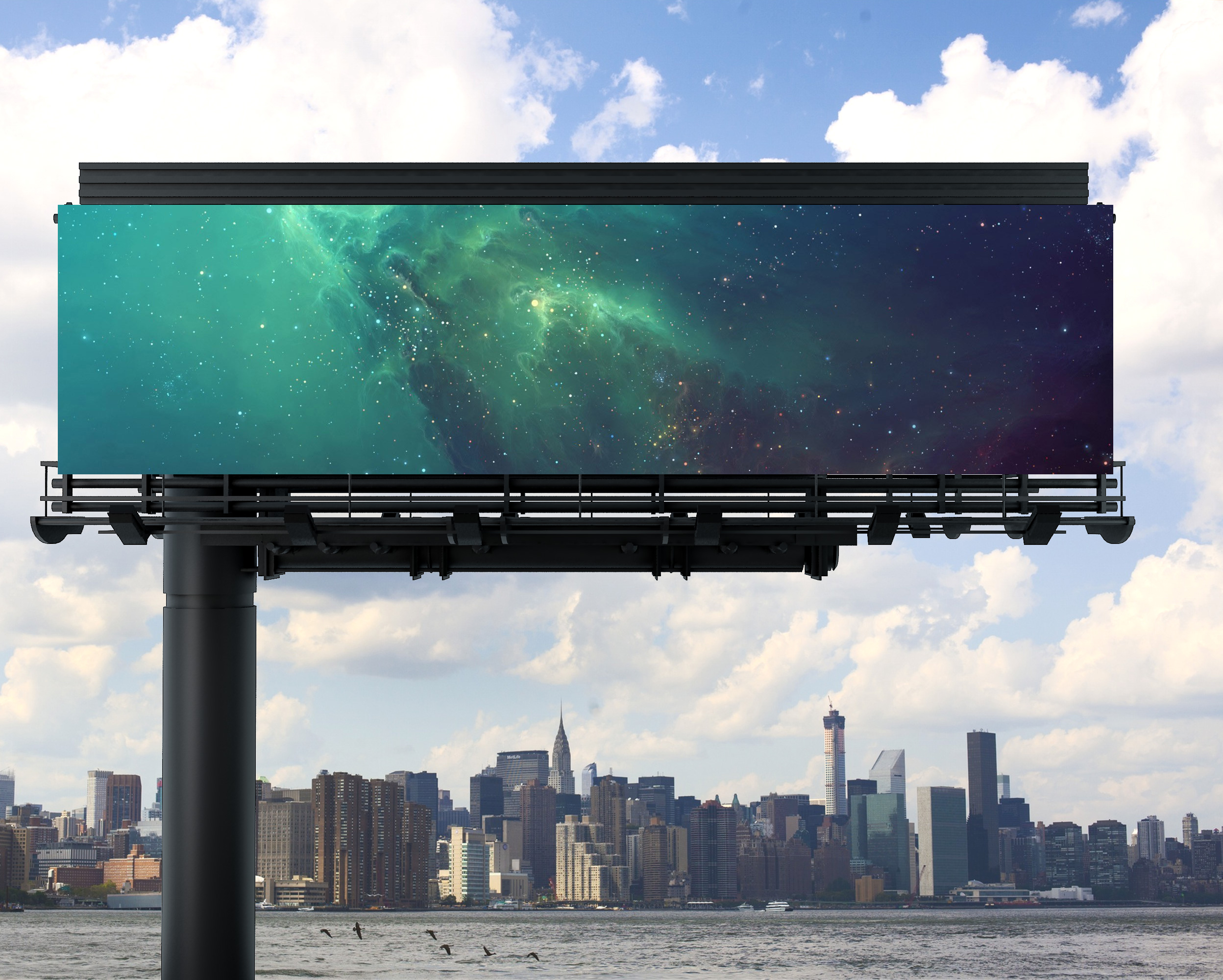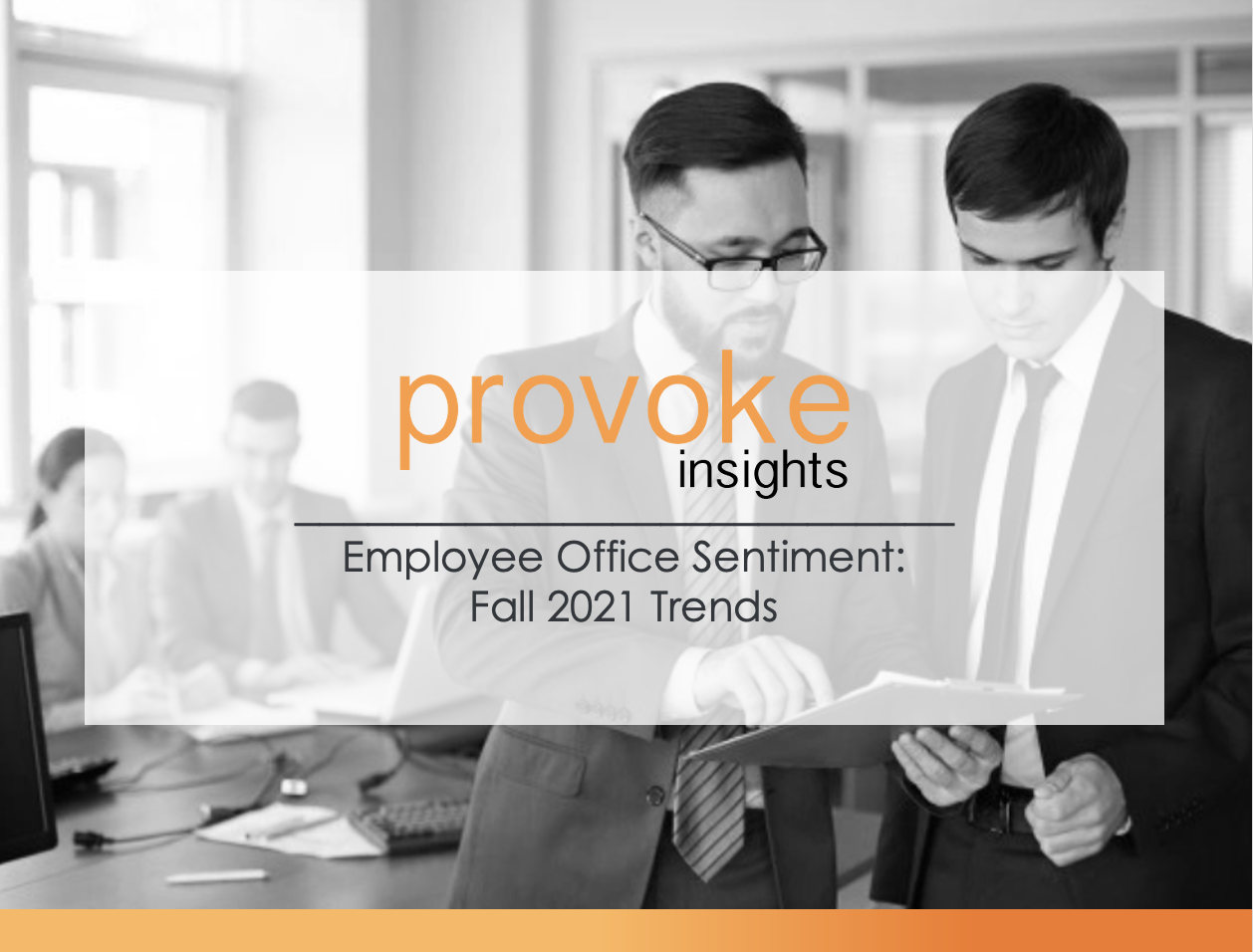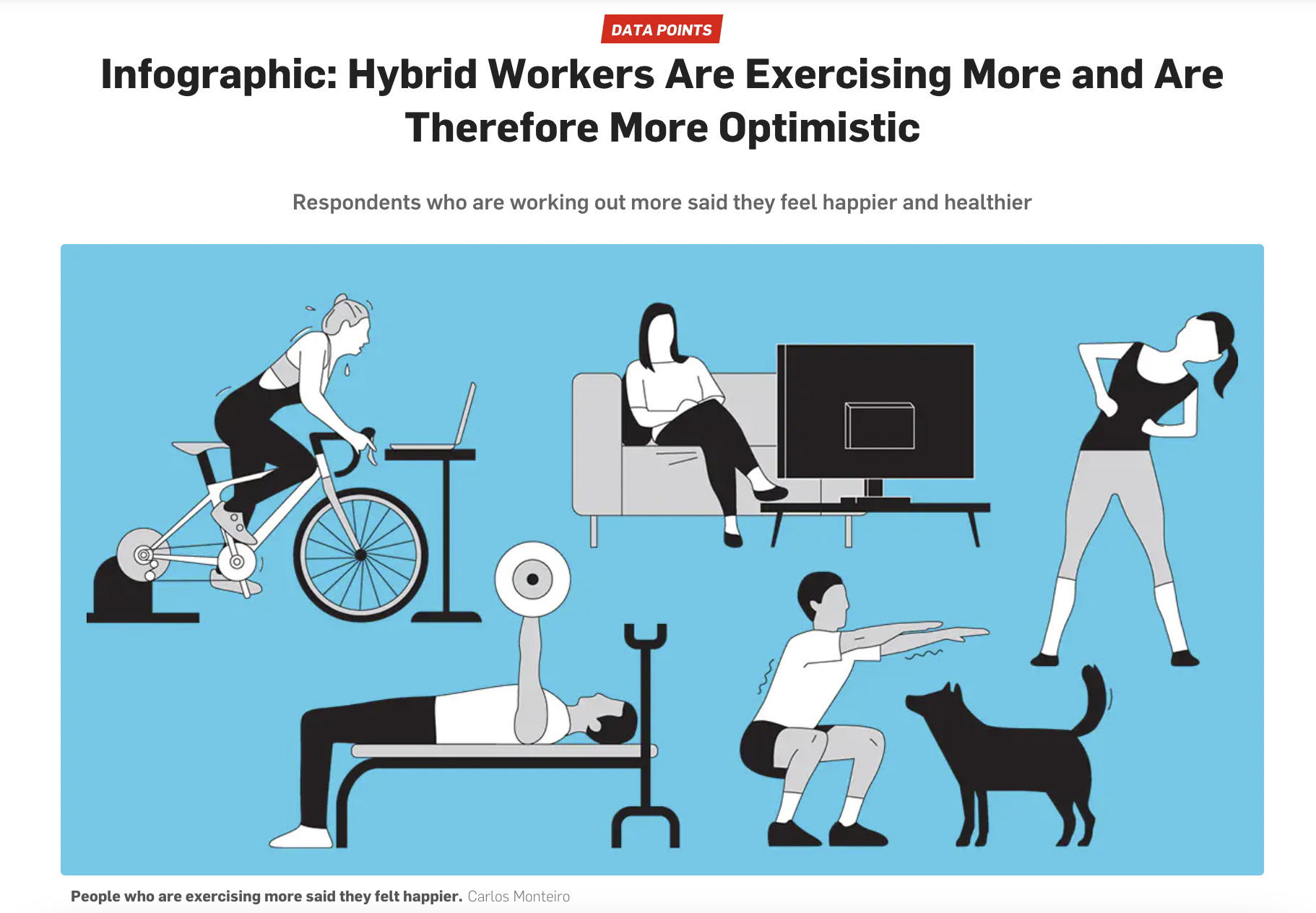Consumers have unlimited access to all types of entertainment, so it’s no surprise advertisers and media publishers need help keeping a pulse on what, when, and how their target audience consumes content. Media research can help identify important trends. However, it can be tricky to know where to start with the number of content choices and media behaviors available to consumers.
Below are areas to explore through media research as well as the highlights and hiccups your brand might expect along the way:
Smartphones, Social & Streaming – Oh My!
We all know cords have been cut, shaved, and cobbled – so where are the consumers now if they aren’t in front of their TVs? Are they binging the buzz-worthy shows, thumbing through videos of their favorite TikTok creators – or doing both at the same time?
Pro: The abundance of choice can be great for the consumer but makes it almost impossible for a media brand or advertiser to stand out. Media research helps identify audiences’ current interests and attention spans. This gives content and brands the best chances of being noticed.
Con: Media today is like the wild west. There is just too much media to take any real inventory of the endless possibilities a consumer can access in a typical day. It is important to manage expectations that media research trends will emerge at a very high level in terms of behavior and attitudes. Additionally, tastes and preferences are constantly changing so this type of research should be done frequently. Brands should gear up to commission multiple waves of media research in order to keep their finger on the pulse.
Attention Economy
Ratings used to be the standard. However, in today’s media landscape, thumbs are just as important as eyeballs. How can your brand accurately determine what moves the needle for your target audience? And, how do you engage them?
Pro: Consumers are interacting with brands through creative partnerships with influencers and shoppable ads on social media. In fact, throughout the pandemic, many consumers rely on advertising to learn about new brands and services to help them adapt to their new way of life. Media research can help determine how your brand can think outside the box. Meet the consumer where they are by going beyond the traditional 15-second commercial.
Con: Consumers are constantly bombarded with messaging and have figured out ways to skip ads or pay to avoid them altogether. Their attention or preference can change by category or even device. While research can be the sobering voice in the room, it should be carefully designed to give you actionable insights to break through the clutter – even with the hardest audiences to reach.
Combat Cancel Culture
2020 “woke” us up, and brands especially need to proceed with caution. While consumers expect brands to take a stand, the pressure is on. You won’t get a second chance if you get it wrong.
Pro: Ad and message testing are critical in today’s climate and should be on your research roadmap before any launch. Consumers won’t only cancel your brand for just a misstep. They will sniff you out for inauthenticity as well. Research can help you decide which causes best align with your brand. This will help brands avoid checking boxes for the sake of checking boxes.
Con: Cancel culture moves at lightning speed. In as little as five minutes, a brand, public figure, or current event can become instantly controversial. While media research is a powerful tool for keeping your ear to the ground, cancel culture works faster. Furthermore, consumers expect their favorite brands to represent their own values. If your brand speaks out against a particular issue, you are at risk for polarizing a chunk of your audience in exchange to appease another.
Is custom research on your roadmap for your brand? Check out Provoke Insights’ research services here or reach out to one of our subject matter experts to learn how we can help you tackle your research objectives.
Want to read more from Provoke Insights? Find more blog posts linked below:
- Sustainability Marketing: Adapting to the New Consumer Mindset
- Don’t Let Your Marketing Dollars Go to Waste
- 2020 Trends: Advertising & Marketing Industry
Are you interested in our market research capabilities?
-
Take a look at our research strategies here.
-
-
Sign up for our newsletters here.
